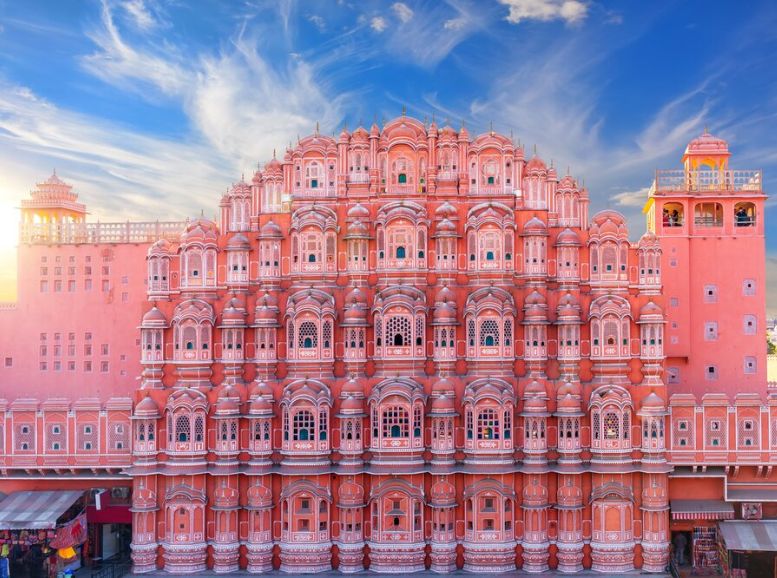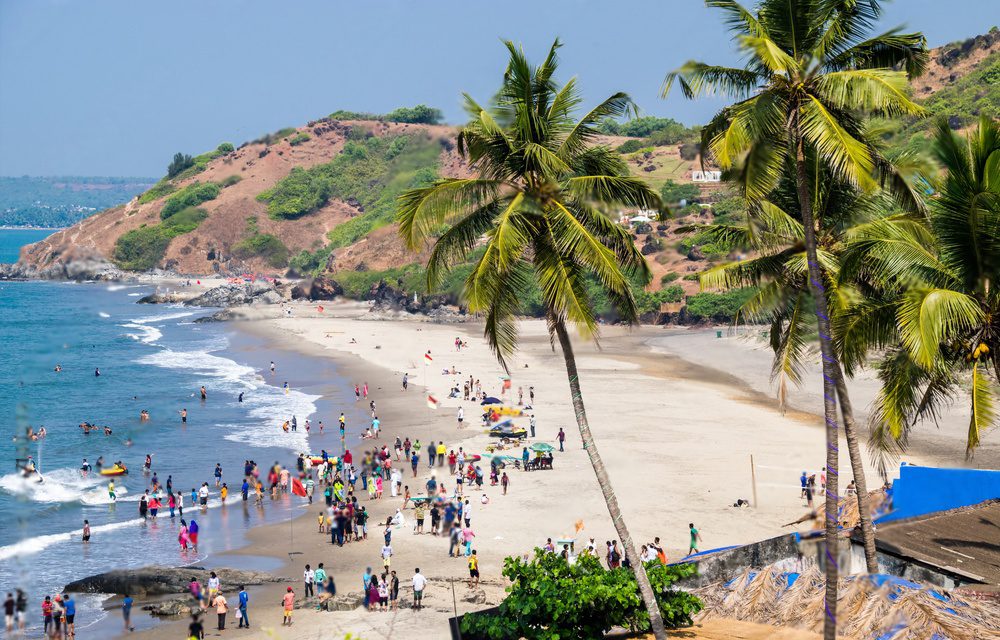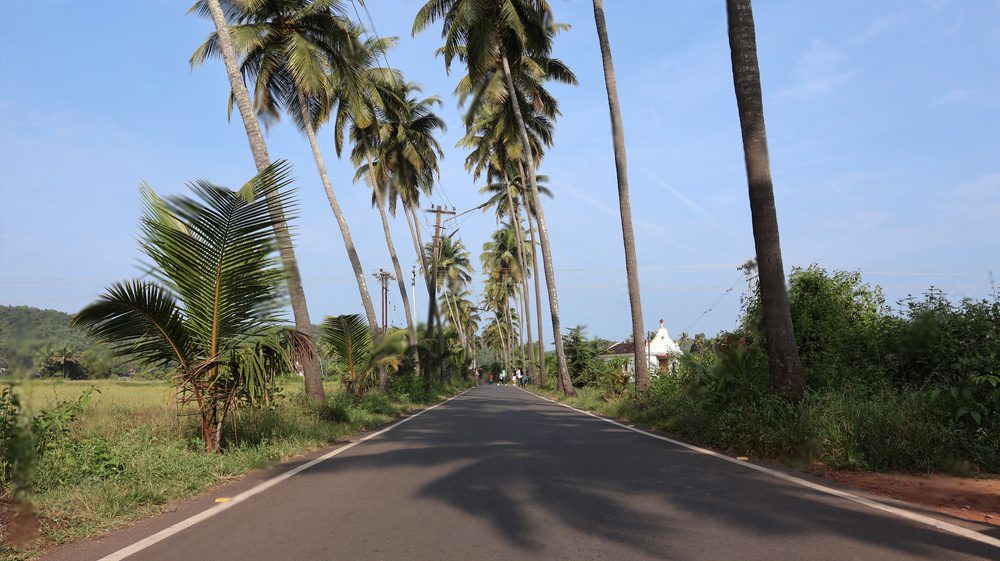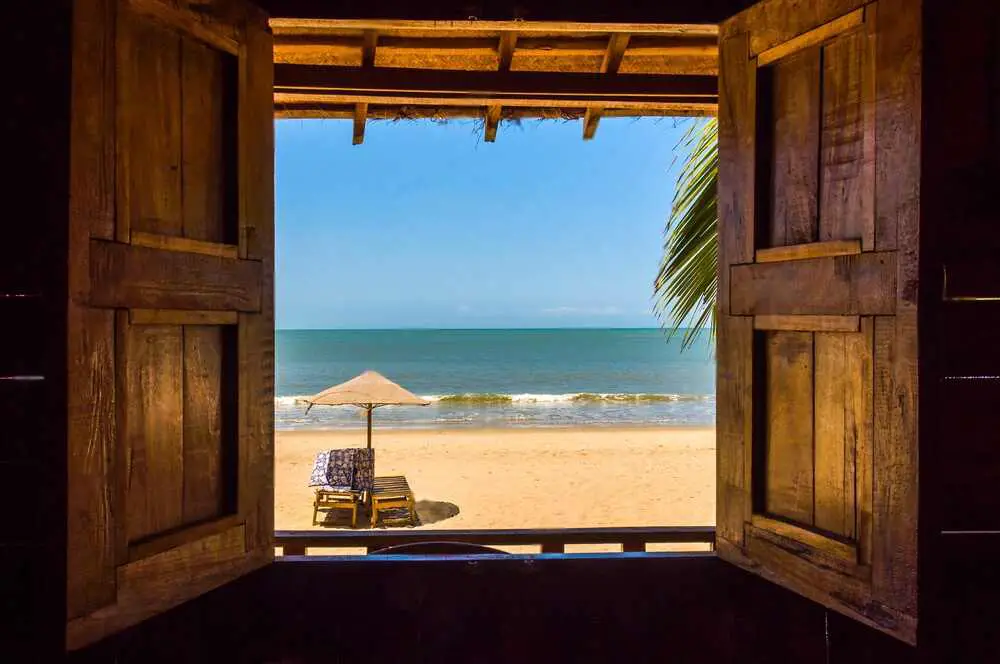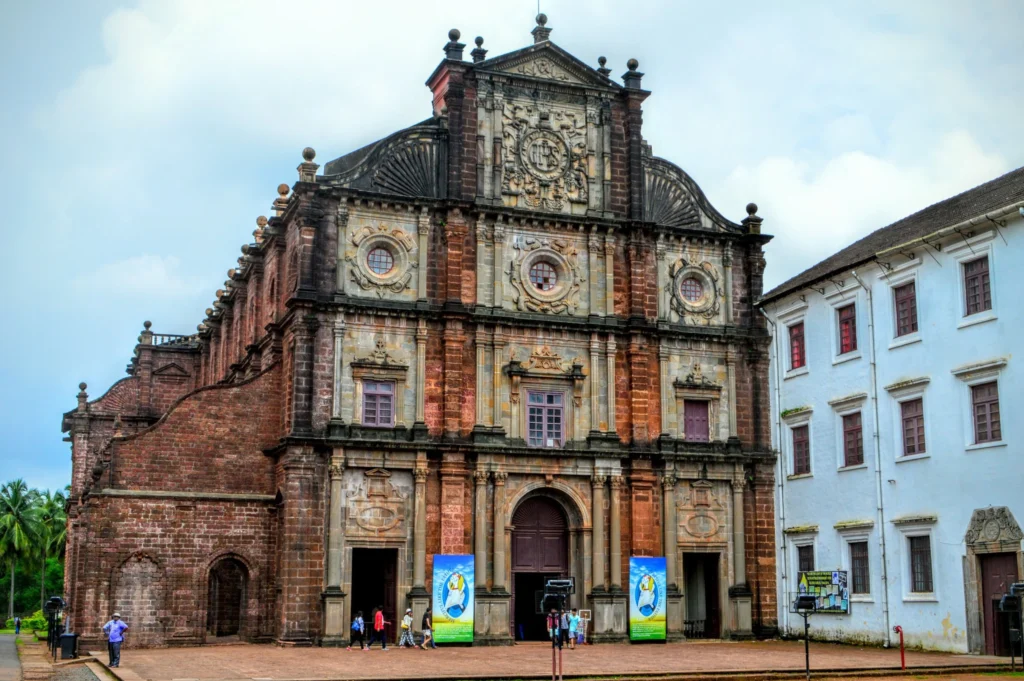Historical Sites to Explore in India; India, a land steeped in history, offers a treasure trove of historical sites. From the majestic Taj Mahal, a symbol of eternal love, to the ancient ruins of Hampi, a forgotten city of temples and palaces, India’s past comes alive. The intricate carvings of the Ajanta and Ellora Caves, the erotic sculptures of Khajuraho, and the grandeur of the Red Fort in Delhi are just a few examples of the diverse architectural marvels that dot the Indian landscape. Each site, a testament to the country’s rich cultural heritage, invites visitors to delve into the bygone eras and witness the grandeur of empires long past.
1. Taj Mahal, Agra
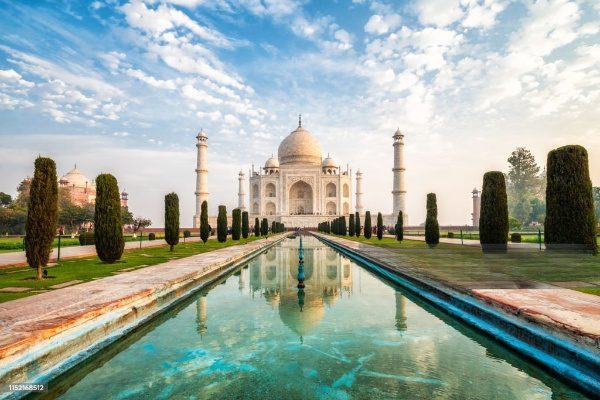

Located in Agra, Uttar Pradesh, the Taj Mahal is a timeless symbol of love and one of the world’s most iconic landmarks. Commissioned by the Mughal Emperor Shah Jahan as a memorial to his beloved wife, Mumtaz Mahal, this stunning white marble mausoleum is a masterpiece of Mughal architecture.
The Taj Mahal’s central dome, symmetrical minarets, intricate marble inlay work, and stunning Persian gardens create a breathtaking sight. It is no wonder that this UNESCO World Heritage Site continues to captivate visitors from around the globe.
- Best Time to Visit: The best time to visit the Taj Mahal is early morning or evening, especially on full moon nights. The soft, diffused light during these hours enhances the monument’s beauty, making it a truly magical experience.
2. Jaipur City Palace, Rajasthan
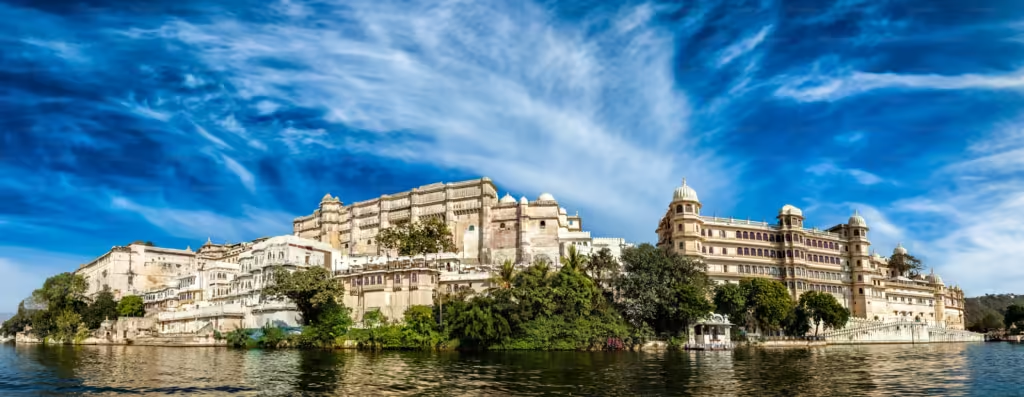
The City Palace in Jaipur, Rajasthan, is a magnificent testament to the Rajput dynasty’s grandeur. Built by Maharaja Sawai Jai Singh II, this architectural marvel blends Mughal and Rajput styles seamlessly. The palace complex boasts stunning courtyards, museums, and gardens, with highlights like the Mubarak Mahal, Chandra Mahal, and Pritam Niwas Chowk. To fully appreciate its beauty, it’s best to visit between October and March when the weather is pleasant.
3. Qutub Minar, Delhi
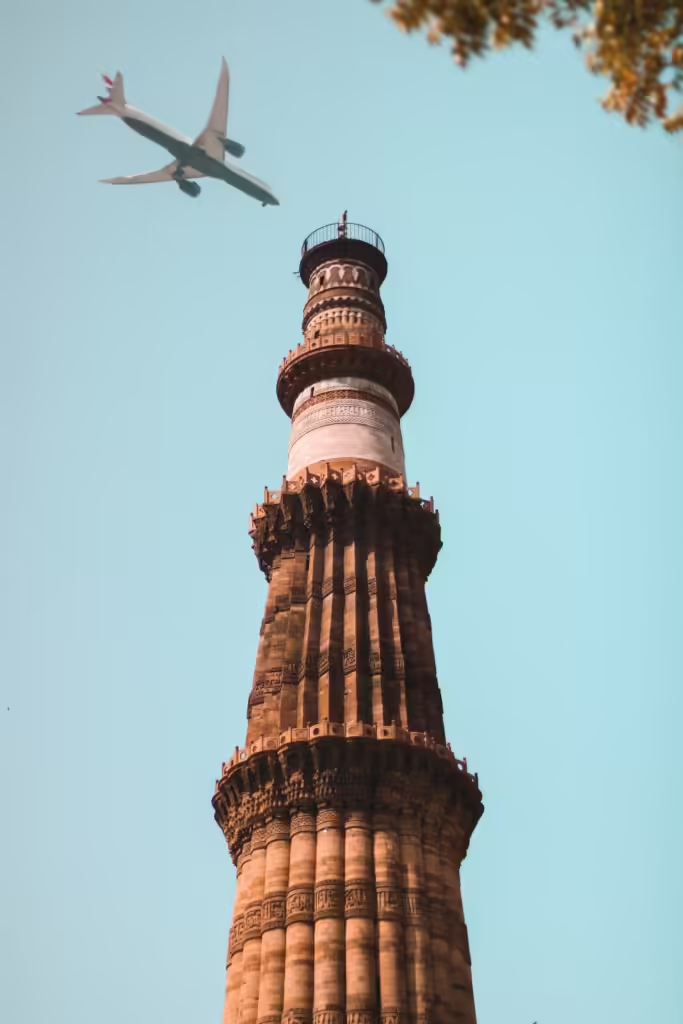
The Qutub Minar, the world’s tallest brick minaret, stands tall in Delhi. It was built by Qutb-ud-din Aibak and completed by Iltutmish to commemorate the establishment of Muslim rule in India. This iconic five-story tower showcases Indo-Islamic architecture with exquisite carvings and Quranic verses. The nearby Iron Pillar, known for its remarkable rust resistance, adds to the site’s historical significance. The best time to visit is between October and March when the weather is pleasant.
4. Hampi, Karnataka
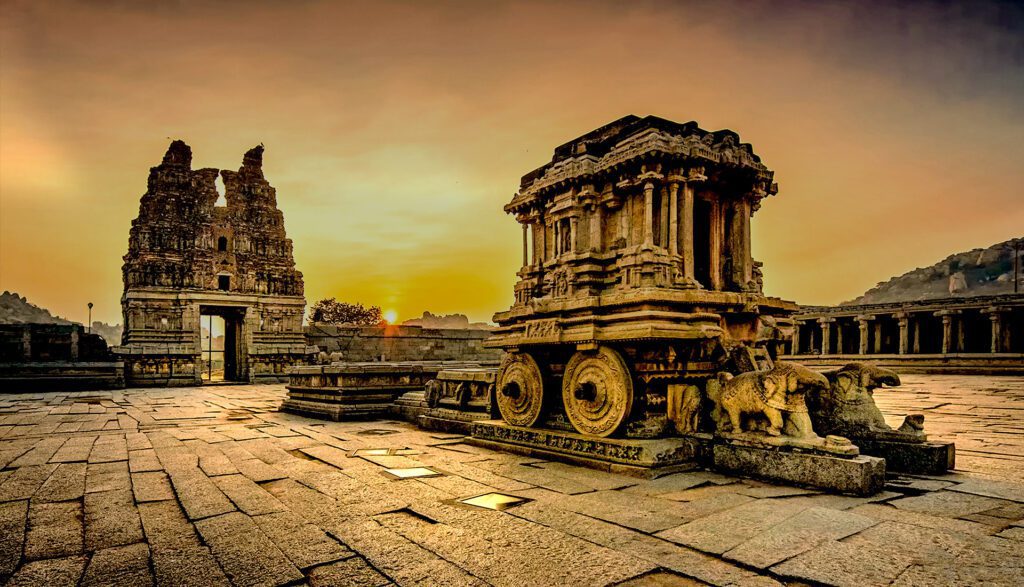

Hampi, a UNESCO World Heritage Site, was once the capital of the powerful Vijayanagara Empire. This ancient city in Karnataka is a treasure trove of history, art, and architecture. Its grand ruins offer a glimpse into the rich past of this once-mighty empire.
- Architectural Wonders Hampi boasts stunning Dravidian architecture, with the Virupaksha Temple, Vittala Temple, and Lotus Mahal as its crowning jewels. These magnificent structures are testaments to the empire’s wealth and artistic prowess.
- The Best Time to Visit The ideal time to explore Hampi is between October and February when the weather is pleasant.
5. Khajuraho Temples, Madhya Pradesh
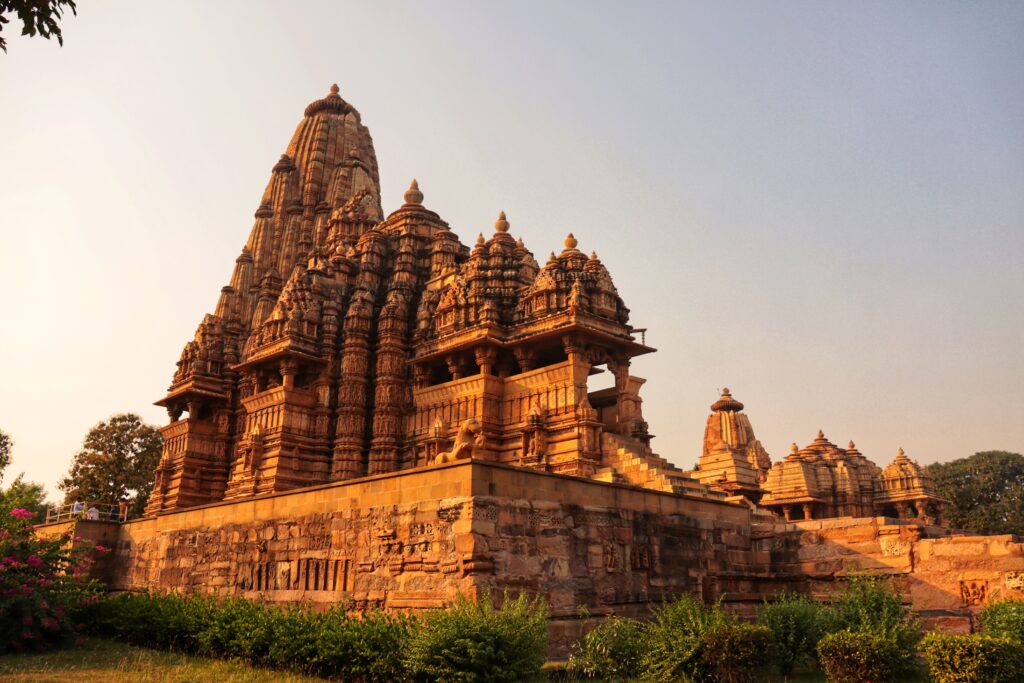

Hampi, a UNESCO World Heritage Site, was once the capital of the powerful Vijayanagara Empire. This ancient city in Karnataka is a treasure trove of history, art, and architecture. Its grand ruins offer a glimpse into the rich past of this once-mighty empire.
- Architectural Wonders Hampi boasts stunning Dravidian architecture, with the Virupaksha Temple, Vittala Temple, and Lotus Mahal as its crowning jewels. These magnificent structures are testaments to the empire’s wealth and artistic prowess.
- The Best Time to Visit The ideal time to explore Hampi is between October and February when the weather is pleasant.
6. Red Fort, Delhi
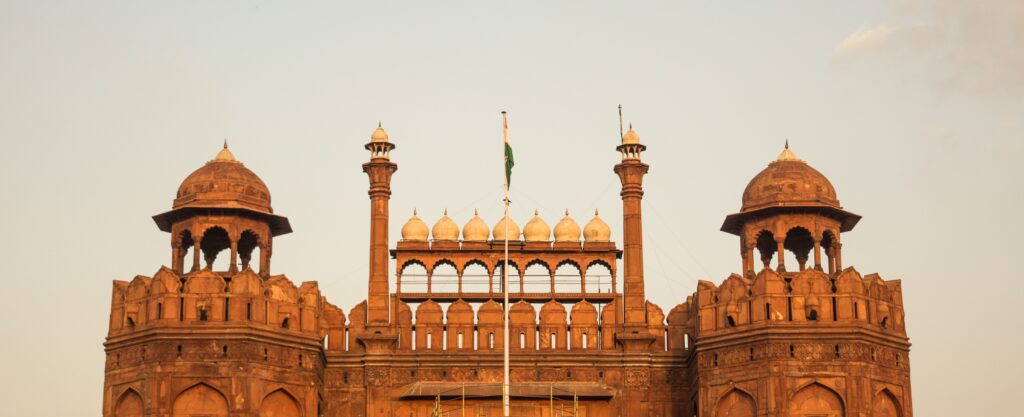

Located in Delhi, the Red Fort is a magnificent architectural marvel and a symbol of India’s rich history. Commissioned by the great Mughal Emperor Shah Jahan, this imposing fort served as the principal residence of Mughal emperors for over two centuries.
Beyond its historical significance, the Red Fort is renowned for its stunning red sandstone architecture. The Diwan-i-Aam (Hall of Public Audience) and Diwan-i-Khas (Hall of Private Audience) are particularly impressive, showcasing the pinnacle of Mughal architectural style.
- The fort also holds immense national importance as the site where the Prime Minister delivers the annual Independence Day speech.
- Best Time to Visit: The ideal time to explore the Red Fort is between November and March when the weather is pleasant.
7. Fatehpur Sikri, Uttar Pradesh
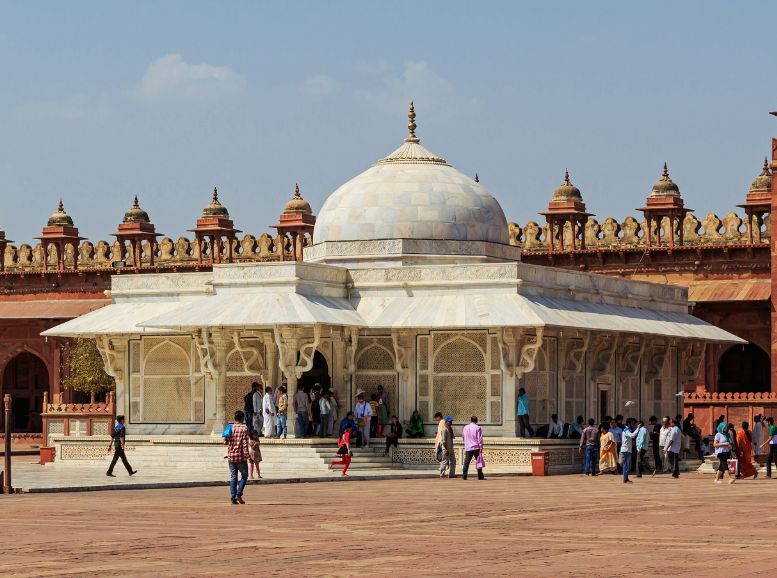

Nestled near Agra in Uttar Pradesh, Fatehpur Sikri is a captivating city that once served as the capital of the Mughal Empire under Emperor Akbar’s reign. This UNESCO World Heritage Site is renowned for its stunning blend of Islamic and Hindu architectural styles.
The city boasts several architectural marvels, including the majestic Buland Darwaza, the grand Jama Masjid, and the enigmatic Panch Mahal. The intricate carvings and symmetrical layout of these structures showcase the pinnacle of Mughal architectural brilliance.
- Best Time to Visit: The ideal time to explore Fatehpur Sikri is between October and March when the weather is pleasant.
8. Ellora and Ajanta Caves, Maharashtra
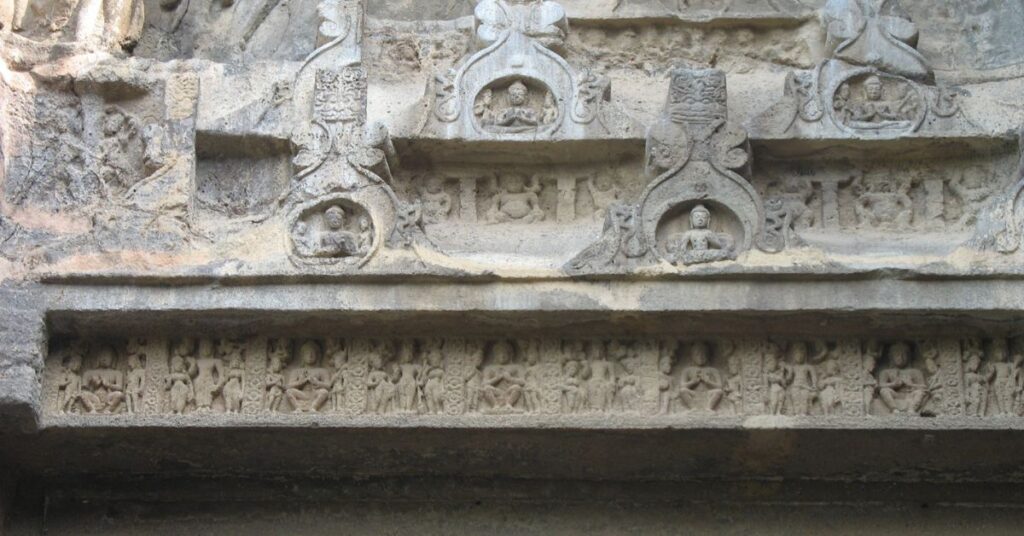

Located in Maharashtra, the Ajanta and Ellora Caves are a testament to India’s rich cultural and artistic heritage. These ancient cave temples, dating back to the 2nd century BCE, offer a glimpse into the past and showcase the brilliance of Indian craftsmanship.
- Ajanta Caves: Predominantly Buddhist, the Ajanta Caves are renowned for their exquisite murals depicting scenes from the life of Buddha. These vibrant frescoes are a masterpiece of ancient Indian art.
- Ellora Caves: A unique blend of Hindu, Buddhist, and Jain traditions, the Ellora Caves are home to some of the most impressive rock-cut temples in the world. The Kailasa Temple, carved out of a single rock, is a breathtaking architectural marvel.
- Best Time to Visit: The ideal time to explore these magnificent caves is between November and March when the weather is pleasant.
9. Mahabalipuram, Tamil Nadu
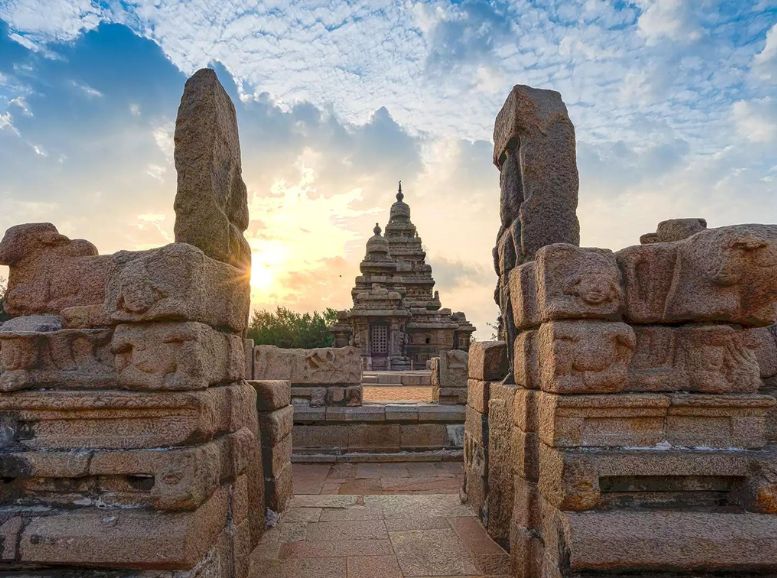

Located in Tamil Nadu, Mahabalipuram, or Mamallapuram, is a historic port city that flourished under the Pallava dynasty. This coastal town is renowned for its stunning rock-cut temples, monolithic sculptures, and the iconic Shore Temple overlooking the Bay of Bengal.
The Shore Temple, a masterpiece of Dravidian architecture, is a must-visit. The Five Rathas, a group of five monolithic temples carved out of granite, are another highlight. Arjuna’s Penance, a massive bas-relief depicting the story of the Hindu epic Mahabharata, is a testament to the skill of Pallava artisans.
- Best Time to Visit: The ideal time to explore Mahabalipuram is between October and March when the weather is pleasant.
10. Konark Sun Temple, Odisha


Located in Odisha, the Konark Sun Temple is a magnificent 13th-century masterpiece dedicated to the Sun God, Surya. Commissioned by King Narasimhadeva I of the Eastern Ganga dynasty, this UNESCO World Heritage Site is a marvel of architectural brilliance.
The temple is designed in the shape of a colossal chariot with twelve intricately carved wheels and seven horses, symbolizing the Sun God’s journey across the sky. The temple’s sculptures are renowned for their exquisite craftsmanship, depicting scenes from daily life, mythology, and nature.
- Best Time to Visit: The ideal time to visit the Konark Sun Temple is between October and March. This period coincides with the Konark Dance Festival, a cultural extravaganza that showcases classical dance forms like Odissi.
Conclusion – Historical Sites to Explore in India
Immerse yourself in India’s rich tapestry of history with Xplro.com! From the architectural marvels of the Mughals to the ancient artistry adorning temple walls, India’s historical sites are like windows into the nation’s vibrant past. Explore the splendor of Mughal structures, marvel at the intricate carvings whispering tales of bygone eras, and feel the weight of history on your shoulders. Every site is an invitation to a unique experience, a chance to connect with the soul of India. Let Xplro.com be your guide on this unforgettable journey through time.
FAQs
1. When is the best time of year to visit historical sites in India?
- The ideal time for exploring historical sites is from October to March, as the weather is cooler and more comfortable. Some monuments, like the Taj Mahal, are exceptionally beautiful during sunrise, sunset, or full moon nights. Additionally, certain festivals (e.g., Konark Dance Festival near the Sun Temple) make for a more enriching experience.
2. Do historical sites in India have entry fees?
- Yes, most of India’s well-known historical sites charge entry fees. Rates often differ for domestic and international tourists. Major landmarks like the Taj Mahal have a higher fee for foreign visitors, while places like Red Fort and Qutub Minar have separate pricing tiers for adults, children, and students.
3. How long does it take to explore each site?
- The duration varies depending on the site. Larger historical sites like Hampi or Fatehpur Sikri might take an entire day to explore, while smaller sites such as Qutub Minar or Mahabalipuram can be visited in a few hours.
4. What are the must-visit historical sites for first-time visitors to India?
- For a first visit, top recommendations include the Taj Mahal, Red Fort, Jaipur City Palace, Qutub Minar, and Hampi. Each of these sites provides unique insights into India’s history, culture, and architectural styles.
5. Are guides available at historical sites in India?
- Yes, most major sites have licensed guides and audio tours available for an additional fee. Hiring a guide can enhance the experience by providing deeper knowledge about the history and details of the monuments.
6. Is photography permitted at historical sites?
- Photography is generally allowed, but some locations restrict it within temple interiors or museums. A few places may charge a fee for photography, especially for professional cameras and videography.
7. Which historical sites in India are UNESCO World Heritage Sites?
- India is home to several UNESCO World Heritage Sites, including the Taj Mahal, Qutub Minar, Red Fort, Hampi, Khajuraho Temples, Ajanta and Ellora Caves, Mahabalipuram, and the Konark Sun Temple. These sites are internationally recognized for their cultural significance and preservation.
8. Are historical sites in India accessible to visitors with disabilities?
- Accessibility varies by site. While some sites, like the Taj Mahal and Qutub Minar, offer ramps and other accessible features, older sites may lack comprehensive accessibility due to their age and architectural limitations. It’s best to check ahead for specific arrangements.
9. Is there a dress code for visiting historical sites in India?
- While most sites don’t have strict dress codes, it’s best to wear modest clothing, especially at religious locations like the Khajuraho Temples and Mahabalipuram. Comfortable shoes are recommended since many sites require a fair amount of walking.
10. Can I visit multiple historical sites in one day?
- Yes, it’s possible to visit several sites in one day in cities like Delhi (e.g., Qutub Minar, Red Fort, Humayun’s Tomb) and Jaipur (e.g., City Palace, Amer Fort, Hawa Mahal), though it can be physically demanding.
11. What precautions should I take when visiting historical sites?
- To ensure a safe and enjoyable visit, stay hydrated, wear sunscreen, and follow the guidelines posted at each site. Protect your valuables, especially in crowded areas, and avoid touching or climbing on sensitive structures to help with conservation efforts.
12. How can I get tickets for these historical sites?
- Tickets are available at the entrances, and many sites also offer online booking options for convenience. Websites such as the Archaeological Survey of India’s portal provide online ticketing services for major monuments.
